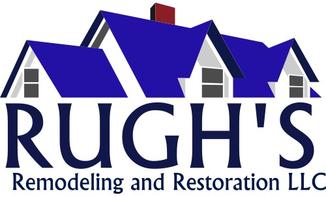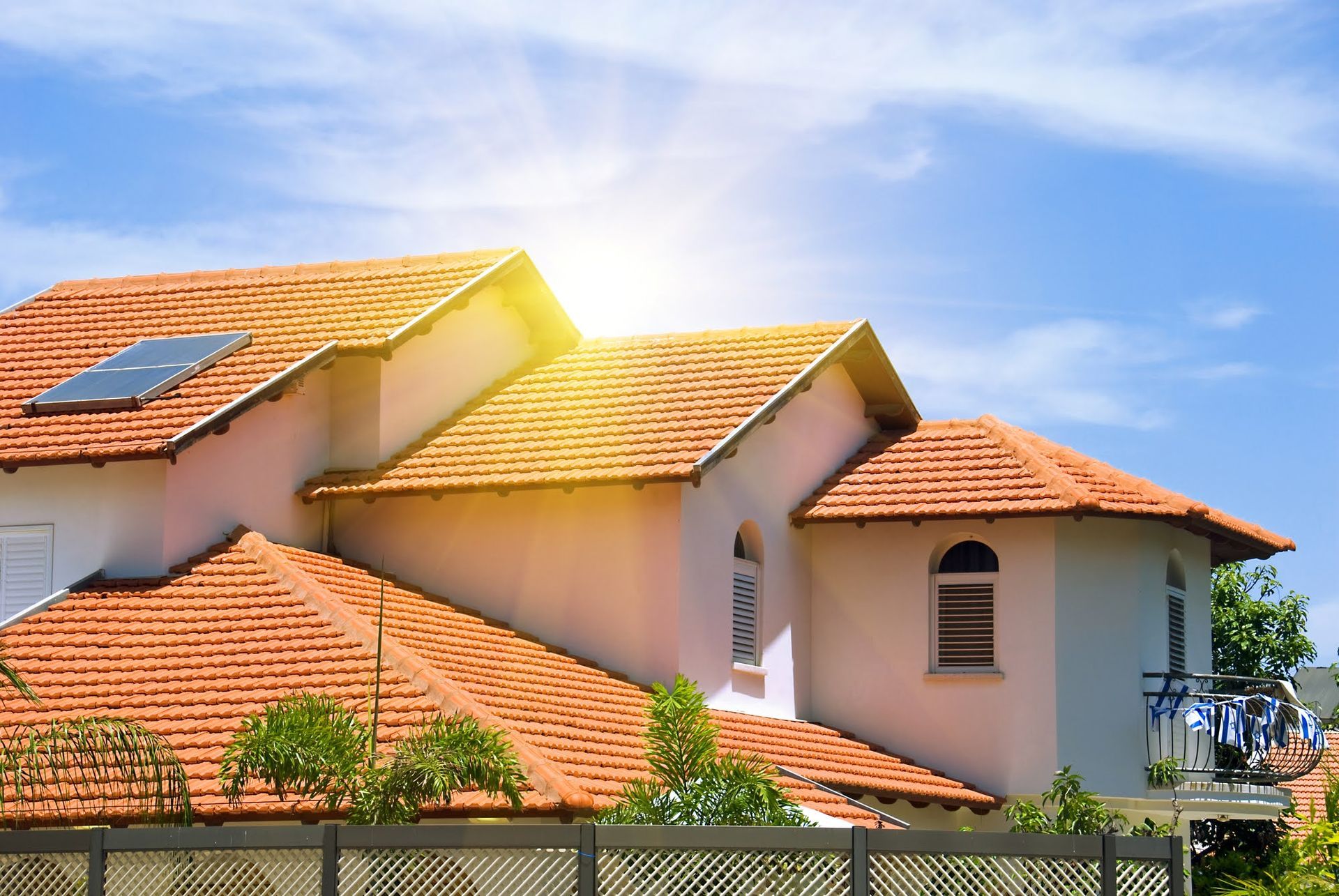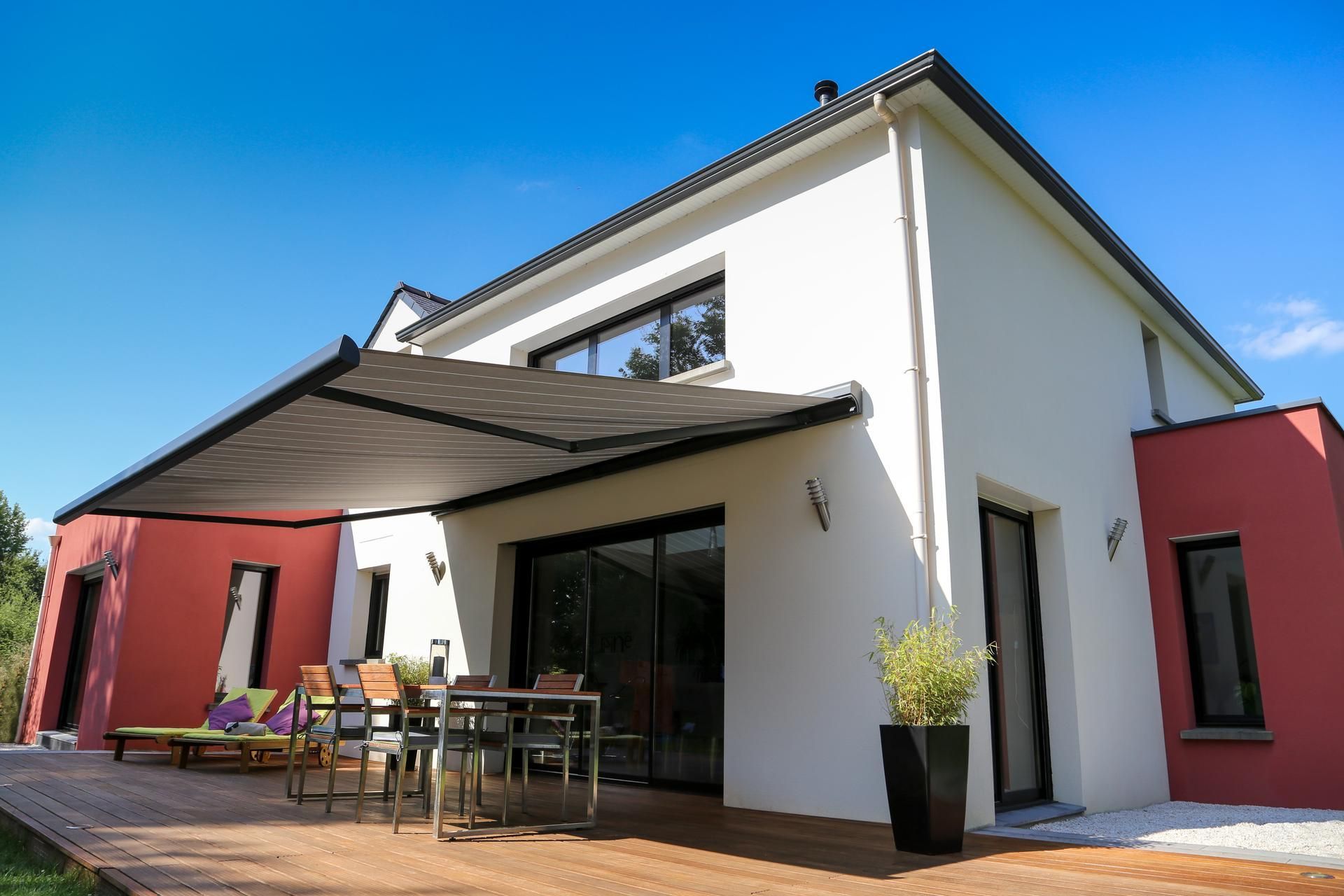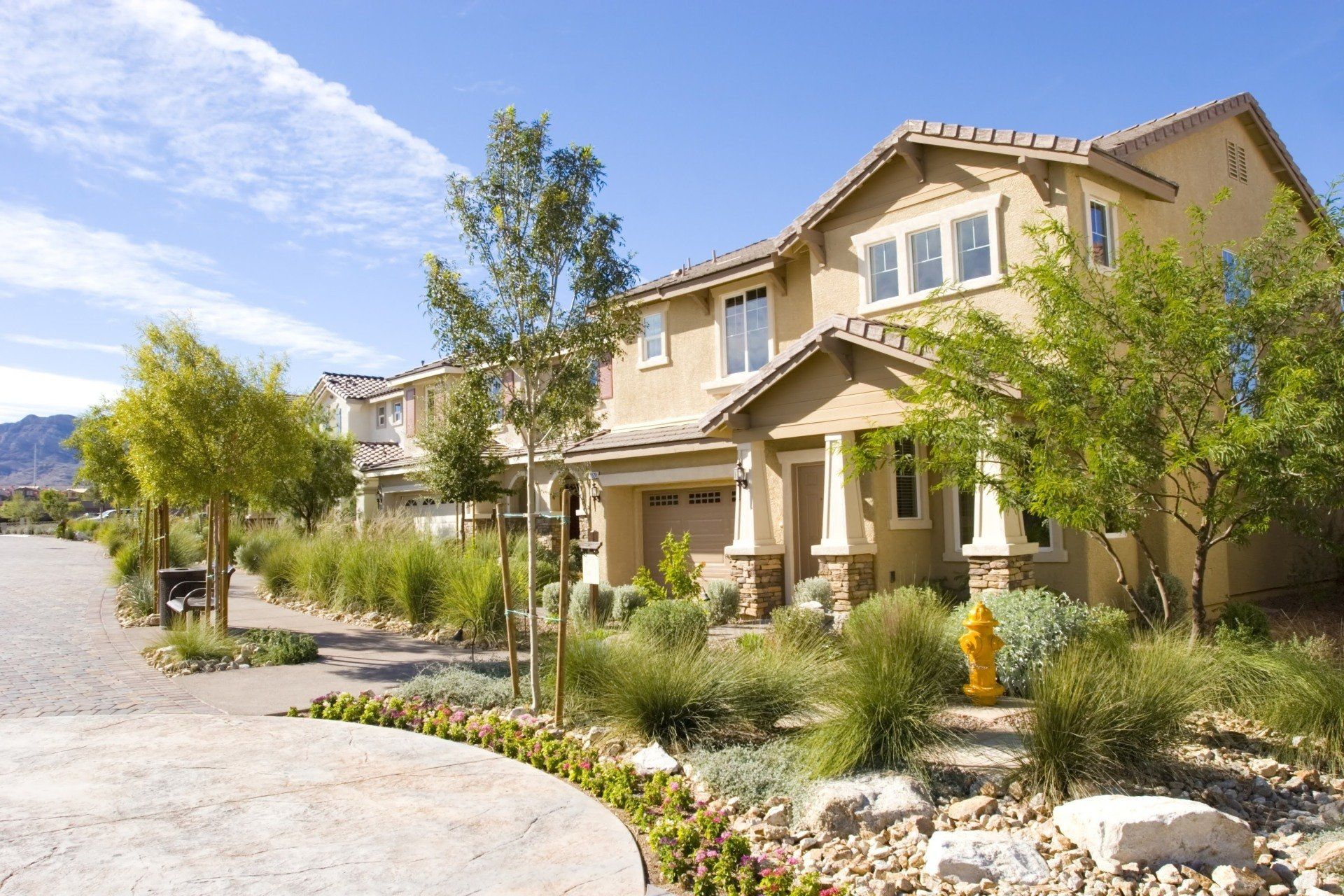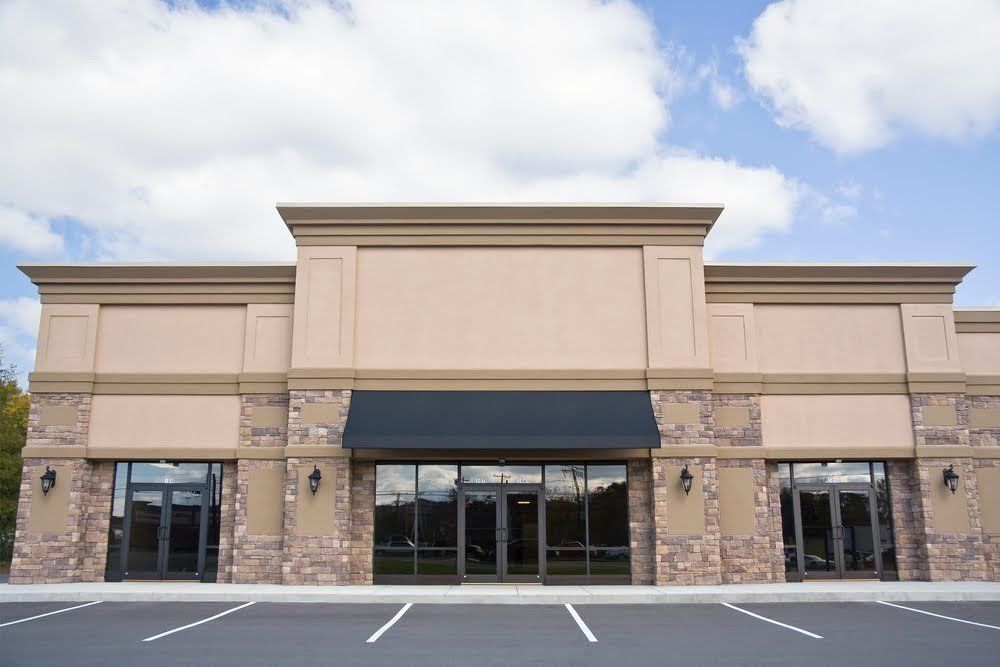5 Questions to Ask a Stucco Contractor Before Hiring Them
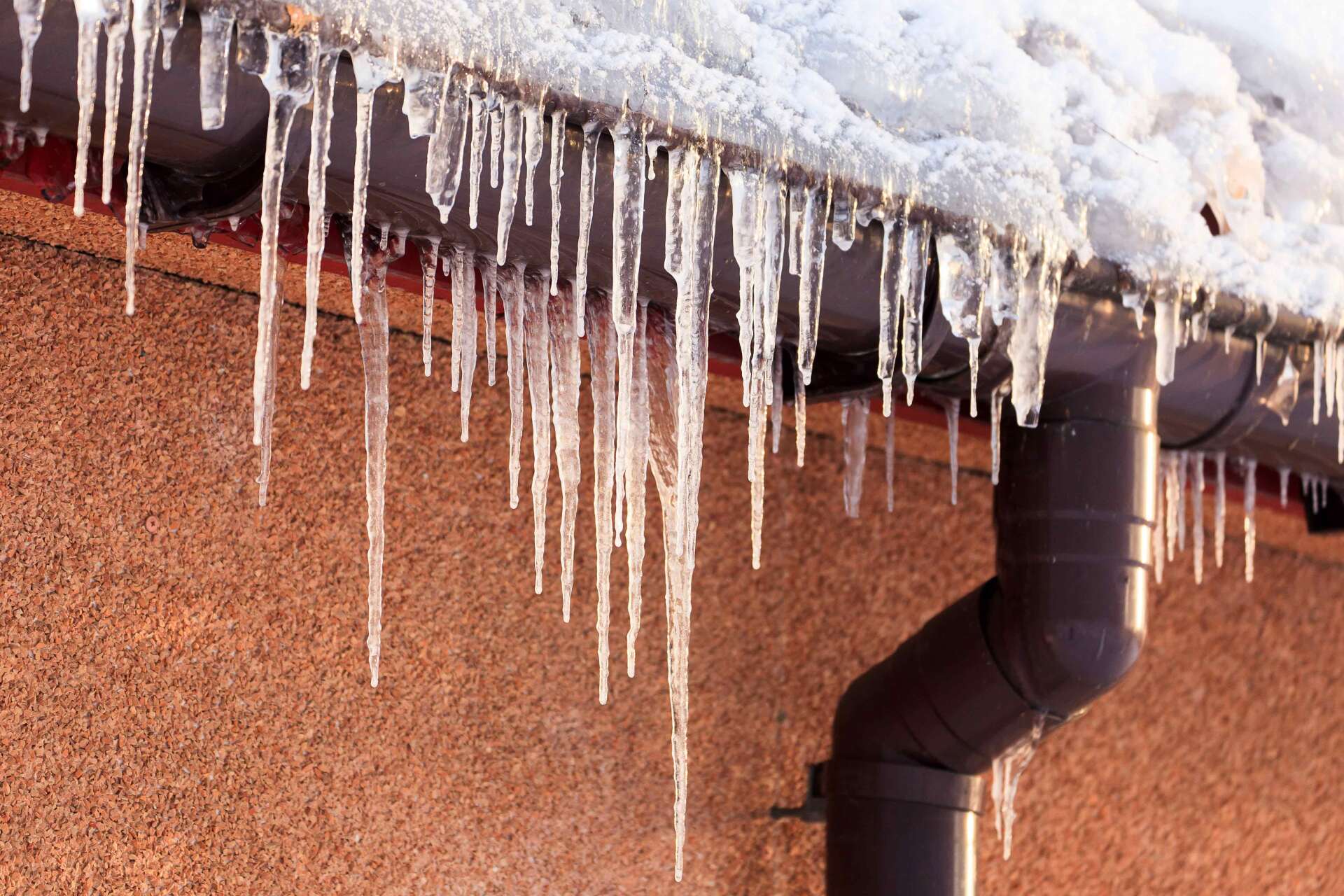
Stucco is a popular building material that is suitable for use in a wide range of structures. It has been popular for thousands of years due to its beautiful appearance.
However, stucco, like any other building material, has some shortcomings. If you notice these signs of damage to your stucco installation, it may be time to invest in repairs.
About Stucco
Stucco is a plaster-like material used to coat walls and ceilings. It comprises cement, sand, lime, water, and other additives. A construction worker applies the mixture to a surface with a trowel or sprayer. Once it dries, stucco hardens into a smooth, durable surface.
Stucco is more for looks than for function, so it can damage easily by factors like water and impact.
Impact Damage
Impact damage is any damage to a stucco surface caused by something hitting the stucco. Falling branches, hail, flying debris, and stones can damage a stucco installation.
Impact damage can cause cracks and fractures on your stucco installation. If a homeowner doesn't repair impact damage promptly, the damage can worsen and lead to costly repairs. The damage increases because the stucco will crack and break from the impact point. Water can permeate into the cracks and further destabilize the stucco.
Water Damage
Water damage to stucco installations can take many forms. Stains, peeling, and blistering are common forms of water damage. In extreme cases, the stucco may even start to pull away from the surface beneath it.
Corrosion
Corrosion results from water reacting with the metal components that hold the fixture in place. Such components include screws, bolts, and support frames. Corrosion shows that water has infiltrated underneath the stucco surface. Corrosion will leave brown stains on your stucco.
Rot
Moisture can get in through cracks in your stucco. Once underneath, it can settle on any components beneath the stucco surface. The most vulnerable components to rot are wooden surfaces. This water accumulation delaminates wood. This process will cause the stucco to peel from the frame.
Discoloration
Mold can use accumulated water on your stucco to grow on the stucco's surface. Over time, you will see that the discoloration spreads to new areas.
Mold stains usually appear as black or brown streaks on the stucco surface. Once mold spreads without any control, it can settle and accumulate moisture underneath.
Weak Points
When stucco absorbs too much water, it can break down over time. When stucco falls apart, it can leave soft spots where the plaster no longer sticks to the wall. It can also cause the plaster to buckle because it can no longer hold its own weight. Look out for buckled stucco, flakey paint, and softened stucco to establish weak points.
When water gets into the wall cavity through cracks or holes on the outside, it can damage the finishing. Once the water gets into the wall cavity, it can soak the wood framing, insulation, and drywall. This moisture will cause them to swell and break down. In the worst cases, the water-soaked frame could fall down.
Moss
When there is too much water in a stucco installation, moss can grow on it. Moss tends to grow in places where the stucco has cracks or gaps because it gives the moss a place to grow roots. Moss forms green patches that grow in the shade of other plants.
Once moss starts to grow, it can spread and start to make the stucco surface less stable. Moss can also hold water against stucco, which can make it break down.
Bottom Line
Your house's stucco will be easier to repair if you catch small damage before it spreads. Staying alert for any stucco issues will allow you to address any potential hazards before they become major issues.
Contact us at Stucco Done Right for your stucco repairs.
BROWSE OUR WEBSITE
CONTACT INFORMATION
Phone: 303-807-2767
Email: stuccodonerightllc@gmail.com
Address: 2037 North State Hwy 83 Franktown, CO 80116
